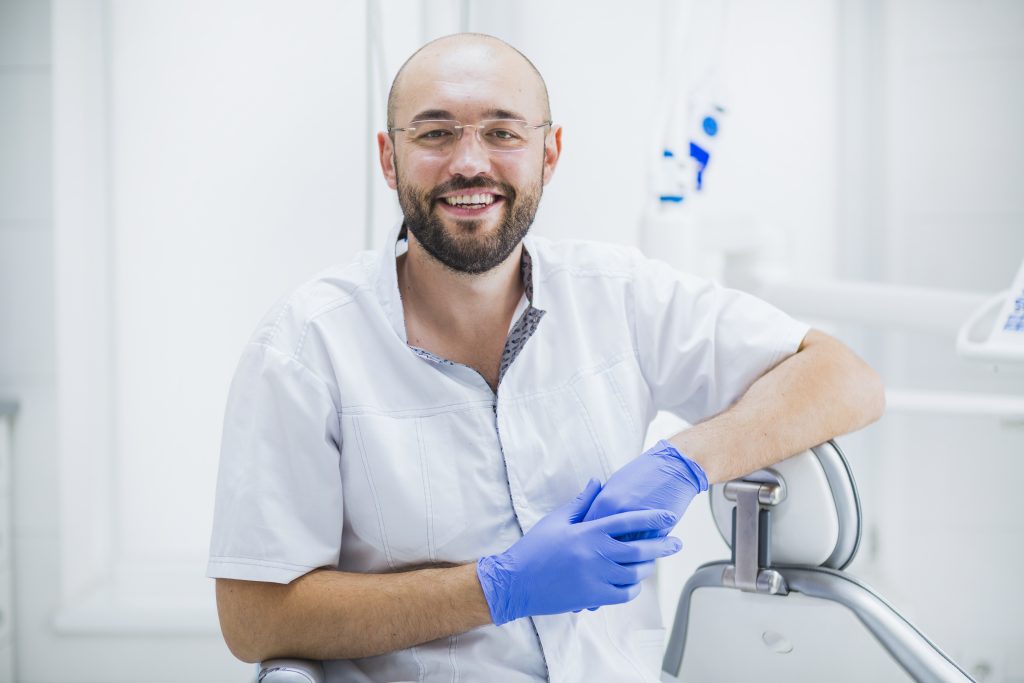Blog
Orthodontics 2.0. How AI and Machine Learning Are Transforming Treatment Planning
Uncategorised
Unlocking the Future of Orthodontics with Artificial Intelligence
As the world of dentistry evolves, so does the field of orthodontics. Traditional treatment planning methods are giving way to a new era—Orthodontics 2.0, where cutting-edge technologies meet clinical excellence. At the forefront of this revolution lies Artificial Intelligence (AI) and Machine Learning (ML), reshaping how orthodontists approach patient care.
The Rise of AI in Orthodontics
Diagnosis and Treatment Planning
Imagine an AI-powered system that analyses patient records, radiographs, and 3D scans in seconds. Artificial Neural Networks (ANNs) and Convolutional Neural Networks (CNNs) are leading the charge, accurately identifying orthodontic conditions and suggesting personalised treatment plans. Dentists can now make informed decisions based on data-driven insights, optimising outcomes for their patients.
Automated Anatomic Landmark Detection
Gone are the days of manual measurements and tedious landmark identification. AI algorithms swiftly pinpoint critical anatomical landmarks, streamlining cephalometric analyses and reducing human error. Dentists can focus on interpreting results rather than spending hours on measurements.
Growth and Development Assessment
AI models track facial growth patterns, predict future changes, and guide treatment timing. Whether it’s interceptive orthodontics for children or adult cases, machine learning algorithms adapt to individual patient profiles, ensuring precise interventions.
Why Dentists Should Enrol in the Graduate Diploma of Digital Orthodontic Treatments
Stay Ahead of the Curve
Orthodontics 2.0 is not a distant dream—it’s happening now. By enrolling in the 10905NAT Graduate Diploma of Digital Orthodontic Treatments, dentists gain a competitive edge. They learn to harness AI and ML tools effectively, enhancing their practice and patient outcomes.
Clinical Efficiency
AI accelerates diagnosis, treatment planning, and case assessment. Dentists equipped with these skills can provide faster, more accurate care, improving patient satisfaction and practice efficiency.
Evidence-Based Decision-Making
The diploma programme emphasises research and evidence-based practices. Dentists learn to critically evaluate AI algorithms, ensuring they align with clinical guidelines and ethical standards.
Collaboration with Specialists
Dentists trained in Orthodontics 2.0 can collaborate seamlessly with orthodontists and other specialists. They bridge the gap between technology and patient care, fostering interdisciplinary teamwork.
Future-Proof Your Career
AI is here to stay. Dentists who embrace Orthodontics 2.0 position themselves as forward-thinking professionals. They adapt to industry shifts, making their practices resilient and relevant.
Orthodontics 2.0 is not science fiction, it’s a reality reshaping the dental landscape. The Graduate Diploma of Digital Orthodontic Treatments equips dentists with the tools they need to thrive in this transformative era.
Remember, the future of orthodontics is not just about brackets and wires—it’s about algorithms and innovation. Enrol now and embrace Orthodontics 2.0! 🦷🌟.
Enrol today, and be part of the revolution, where AI and ML redefine treatment planning and elevate patient care. (LINK TO ENROLMENT FORM).
References:
Bichu, Y. M., Hansa, I., Bichu, A. Y., Premjani, P., Flores-Mir, C., & Vaid, N. R. (2021). Applications of artificial intelligence and machine learning in orthodontics: a scoping review. Progress in Orthodontics, 22, 18.
Digital Orthodontics College. (2023). 10905NAT Graduate Diploma of Digital Orthodontic Treatments Participant Handbook.
Training.gov.au. (n.d.). 10905NAT – Graduate Diploma of Digital Orthodontic Treatments.








